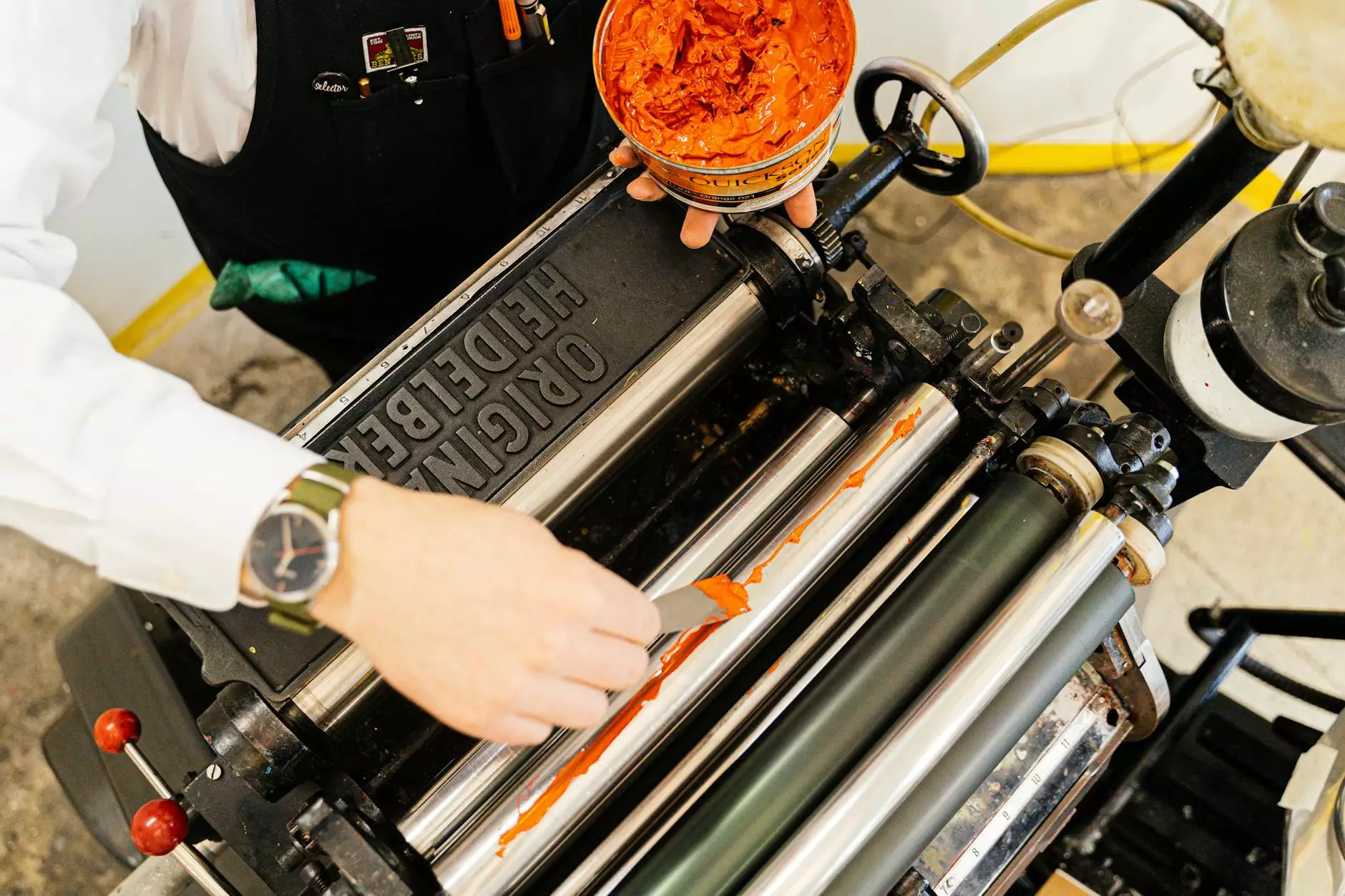Mastering Western Blot: A Comprehensive Guide for Businesses

The Western blot technique has emerged as a cornerstone of modern biochemical and molecular biology research. This method is fundamental in the identification and quantification of specific proteins in complex mixtures, which has vast implications for both academic research and commercial applications. For businesses in the biotech and pharmaceutical sectors, understanding and effectively utilizing Western blotting can provide a competitive edge.
What is Western Blotting?
Western blotting is a laboratory concept that combines several key techniques to detect specific proteins within a sample. This powerful tool has three primary steps:
- Gel Electrophoresis: Proteins are separated based on their size.
- Transfer: Separated proteins are transferred from the gel to a membrane.
- Detection: Probing the membrane with antibodies specific to the target protein enables visualization.
Each of these steps plays a critical role in ensuring that the results are accurate and reliable. Mastering the intricacies of Western blot is essential for businesses aiming to excel in scientific research and product development.
Importance of Western Blotting in Research and Industry
The impact of Western blot technology extends far beyond the laboratory. Here are some critical applications:
- Diagnostics: Western blotting is pivotal in the diagnosis of conditions such as HIV and Lyme disease.
- Protein Research: Understanding protein function and interactions is crucial for drug development and biomarker discovery.
- Quality Control: Ensuring the consistency of protein-based products, particularly in the pharmaceutical industry, benefits greatly from this technique.
Step-by-Step Guide to Performing a Reliable Western Blot
Executing a successful Western blot involves several detailed steps. Here, we break down each component:
1. Sample Preparation
Proper sample preparation is critical. Start by selecting your sample type—cell lysates, tissue extracts, or purified proteins are common. Ensure that you use lysis buffers that prevent protein degradation and maintain protein integrity. This initial step is vital for the reliability of your results.
2. Gel Electrophoresis
Under appropriate conditions, proteins are separated by size using polyacrylamide gel electrophoresis (PAGE). The size of the gel and the voltage applied will determine the resolution of protein bands. Remember to include a protein ladder to gauge the sizes of the proteins detected.
3. Transfer to Membrane
After electrophoresis, proteins are transferred onto a solid membrane, typically made of polyvinylidene fluoride (PVDF) or nitrocellulose. This step is crucial as it allows for subsequent probing with antibodies to visualize targets. It’s important to optimize transfer conditions—such as time and current—to ensure maximal transfer efficiency.
4. Blocking
To minimize non-specific binding during antibody incubation, the membrane must be blocked using a suitable blocking agent, like BSA or non-fat milk. This step prevents antibodies from binding to the membrane itself, which can lead to background noise in the results.
5. Antibody Incubation
Incubate the membrane with primary antibodies specific to your target protein. The choice of antibody—whether monoclonal or polyclonal—can affect sensitivity and specificity. This incubation should typically occur overnight at 4°C for optimal results followed by washing to remove unbound antibodies.
6. Secondary Antibody Application
Apply secondary antibodies that are conjugated to a detectable marker, such as horseradish peroxidase (HRP). These secondary antibodies bind specifically to the primary antibodies and significantly amplify the signal, which is critical for visualization.
7. Detection
Utilizing substrates that react with the enzyme on the secondary antibody, you can visualize the protein bands. Chemiluminescent detection is popular for its sensitivity and ease of use. The resulting signal can be captured on film or using digital imaging systems.
Common Challenges in Western Blotting
Although Western blotting is a powerful technique, it’s not without its challenges. Understanding these can help mitigate issues during experimentation:
- Non-specific Binding: Optimize blocking and washing steps to reduce background.
- Poor Transfer Efficiency: Ensure adequate transfer times and conditions.
- Antibody Specificity: Conduct pilot experiments to identify the best antibodies for your application.
Applications in Biotechnology and Pharmaceutical Industries
In industries such as biotechnology and pharmaceuticals, Western blot technology serves several essential roles:
Biomarker Discovery
Biomarkers facilitate the early detection of diseases. Western blotting helps in validating protein markers which can lead to advances in diagnostics and therapeutic monitoring.
Therapeutic Development
In therapeutic research, Western blotting is vital for studying protein interactions and ensuring the efficacy of new drugs. Understanding protein expression levels in disease states aids in developing targeted therapies.
Quality Assurance
For businesses developing protein-based products, consistent quality is paramount. Employing Western blotting in quality control processes helps ensure that products meet regulatory standards and are safe for consumers.
Conclusion: Elevating Your Business with Western Blot Expertise
In an increasingly competitive business landscape, leveraging the full potential of Western blot technology can differentiate your offers and elevate your scientific contributions. By mastering the intricacies of this technique, businesses such as those represented by precisionbiosystems.com can lead the way in innovation and excellence within the biotech and pharmaceutical sectors. The combination of reliable results, insightful analysis, and a deep understanding of protein dynamics positions companies for long-term success and growth.
For businesses looking to engage in high-quality research and diagnostics, investing in training and expertise related to Western blotting is imperative. The possibilities are vast, and the benefits of harnessing these techniques are transformative.









